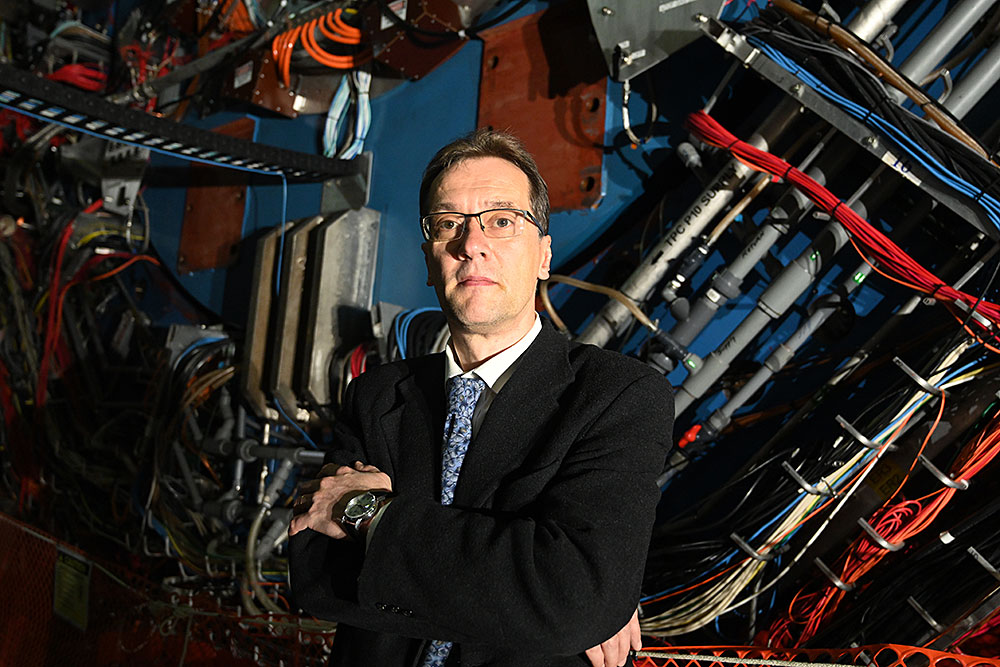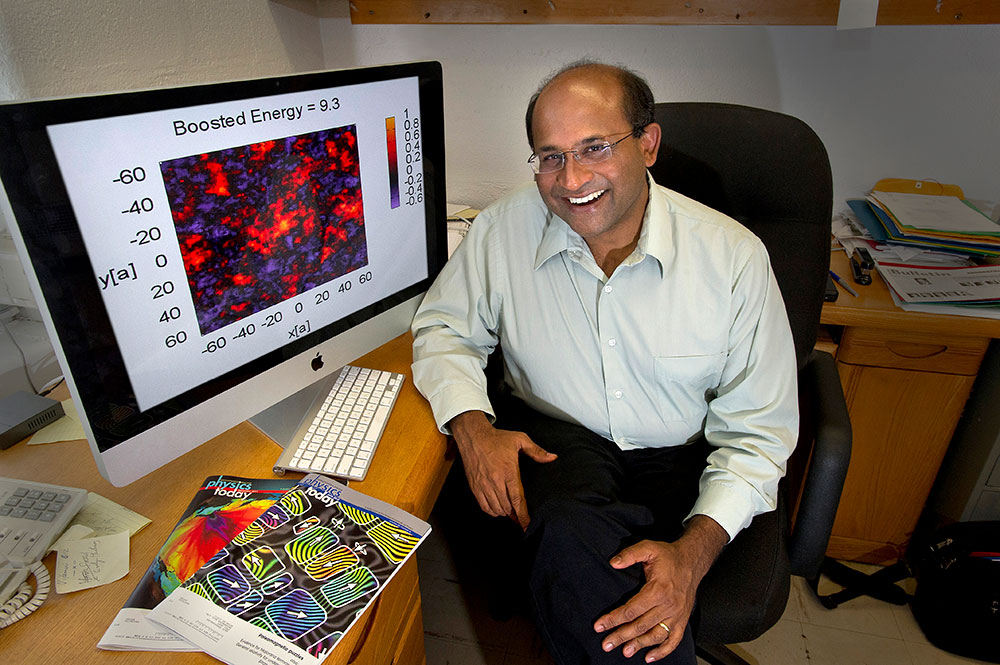Efforts to harness the power of supercomputers to better understand the hidden worlds inside the nucleus of the atom recently received a big boost. A project led by the U.S. Department of Energy’s (DOE’s) Thomas Jefferson National Accelerator Facility is one of three to split $35 million in grants from the DOE via a partnership program of DOE’s Scientific Discovery through Advanced Computing (SciDAC). The $13 million project includes key scientists based at six DOE national labs and two universities, including Jefferson Lab, Argonne National Lab, Brookhaven National Lab, Oak Ridge National Lab, Lawrence Berkeley National Lab, Los Alamos National Lab, Massachusetts Institute of Technology and William & Mary.


